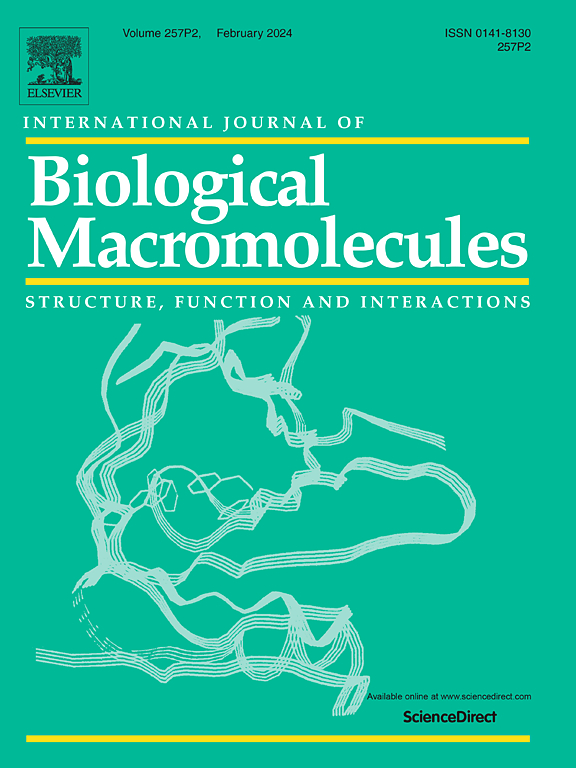Isolation, characterization, and immobilization of β-galactosidase from Klebsiella michiganensis B5582Y for enhanced transgalactosylation
Abstract
β-Galactosidases are highly desirable in various biotechnological applications. However, research on those obtained from Klebsiella strains has been noticeably restricted. The present investigation centers on the isolation, purification, and characterization of a β-galactosidase enzyme derived from Klebsiella michiganensis (GALB5582Y). Additionally, the study aims to immobilize GALB5582Y onto functionalized graphene oxide (GO)-based polystyrene electrospun nanofibrous membranes (ENMs). The ultimate goal is to enhance the enzyme's transgalactosylation and catalytic efficiency, thereby expanding its range of potential applications. The GALB5582Y gene was sequenced, revealing a 3354?bp sequence that encodes 1024 amino acids. This discovery provides vital information about the gene's structural arrangement. The effectiveness of functionalized graphene oxide (GO)-based engineered nanomaterials (ENMs) in immobilising GALB5582Y was confirmed using SEM, FTIR, and XRD investigations. Significant stability was reported during assessments, with the enzyme activity remaining extended. Additionally, it was shown that the enzyme was efficiently distributed across the surface of the ENM. Although there have been breakthroughs in enzyme production and immobilisation techniques, there is still room for improvement in maximizing the effectiveness of GALB5582Y immobilisation and increasing the yield of galactooligosaccharides (GOS). This calls for additional investigation and refinement.





